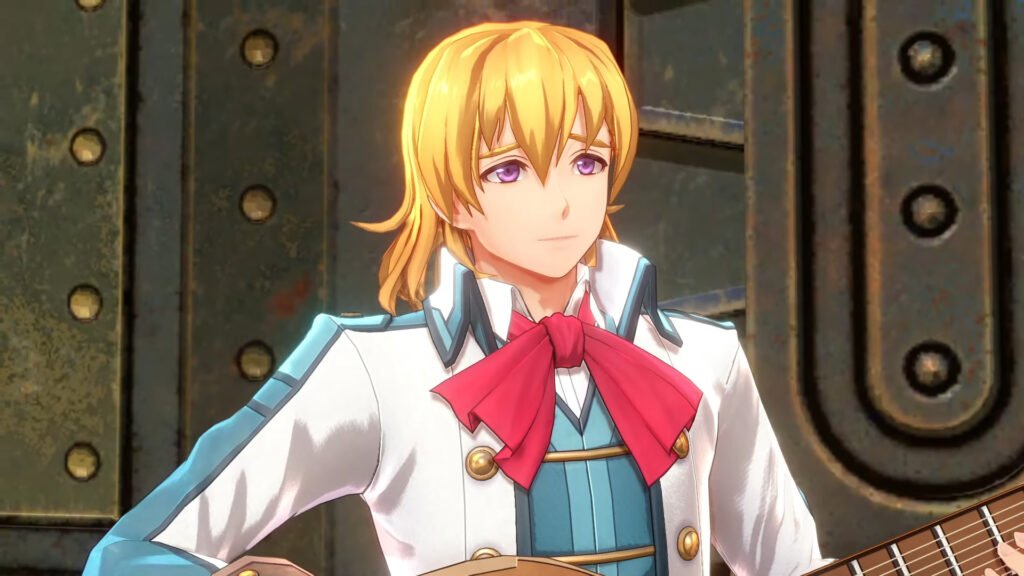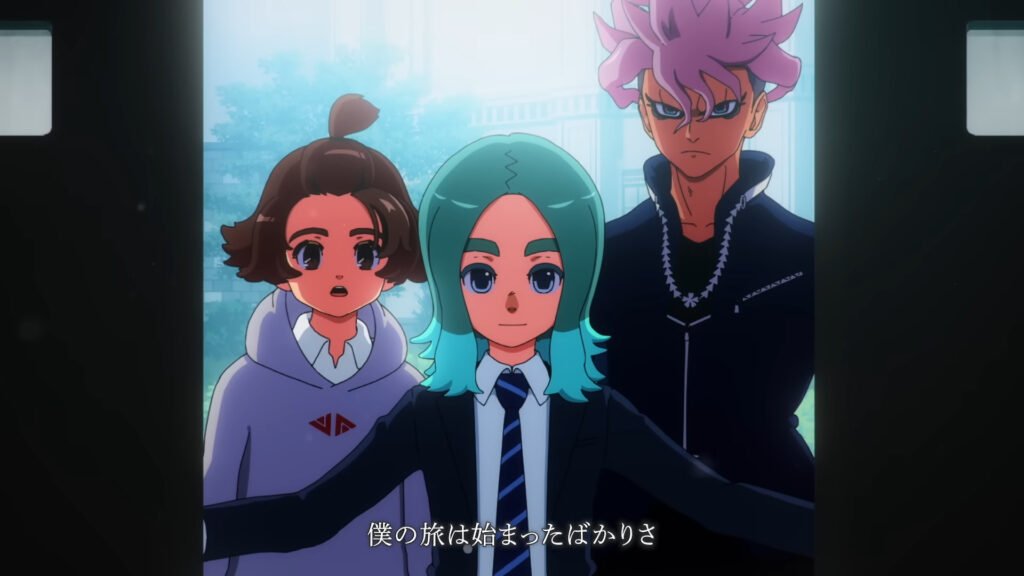In a time where an enhanced, 3D remake of Final Fantasy III already exists, it’s hard to argue that Final Fantasy III Pixel Remaster is the definitive version we were expecting. With Final Fantasy III already being the last in the series to be translated and make its way west, this is something of a slap in the face for the fans. Still, let’s not be disheartened. There may be many shortfalls in this edition of Final Fantasy III, however there’s no denying that this classic JRPG still holds some nostalgic value, even if it struggles to break away from its original hardware limitations.
On This Page

Introduction
Final Fantasy III is a role-playing game developed and published by Square. The game was originally released only in Japan on April 27th, 1990. It had not been released outside of Japan until its well-received remake released in 2006 under the same name. At that time, it was the only Final Fantasy game not previously released in North America or Europe.
Various versions of Final Fantasy III would be released for many other systems over the years, including an updated release based on the Famicom version of Final Fantasy III, released as part of the Final Fantasy Pixel Remaster collection, marking the first time the original version of Final Fantasy III was released outside of Japan. This version was released in July 2021 for Windows, Android and iOS, and in April 2023 for PlayStation 4 with the inclusion of a new cheats menu.
Where Final Fantasy II felt like it was really trying to branch away from the original Final Fantasy, Final Fantasy III feels like a spin-off of the first game. Yes, in both its storytelling and its core gameplay systems, the third instalment in Square’s flagship series has much more in common with the original, although it does expand on what came before. The main gimmick of Final Fantasy III is undoubtedly its job-change system which is the first of its kind for the franchise. This is, however, not without its shortfalls.

Story
One thousand years before the events of the game, on a floating continent hovering high above the surface of an unnamed planet, a technologically advanced civilization sought to harness the power of the four elemental crystals of light. They did not realise that they could not control such fundamental forces of nature. This power of light would have consumed the world itself had the light crystals not had their natural counterparts: the four dark elemental crystals.
Disturbed by the sudden interruption of the careful balance between light and dark, four warriors were granted the power of the dark crystals to recapture the power of the light crystals. These ‘Warriors of Dark’ were not entirely successful in their quest, as while they were able to restore harmony to the crystals, their victory came too late to save the doomed civilization, whose culture was reduced to scattered ruins, though the floating continent remained.
In the present day, an earthquake opens up a previously hidden cavern near the village of Ur, located on the floating continent. Four young orphans explore the cave and discover a magical, sentient crystal of light. The crystal grants them a portion of its power, branding them ‘Warriors of Light’, and instructs them to leave Ur and restore balance to the world by finding the other crystals. Their adventure leads them to discover that there lies a whole world beyond the boundaries of the floating continent upon which they were living. The flooded world below reveals a peril that our four heroes could never have imagined.

Gameplay
The turn-based combat system remains in place from the first two games. You start the game with four generic heroes known as Onion Knights (no idea why) but at various points in the story you unlock new jobs (character classes) allowing you to build and customise your party more progressively. It’s a flexible and fun system even today, and gaining access to powerful new jobs is always interesting, but you really need to put the hours into grinding experience to level each job up to equal footing with the others. Nevertheless, finding specialisations for each of your four protagonists can be an addictive and rewarding process, especially when you start finding job-specific equipment and powerful items later in the game which grant pleasing stat boosts.
The experience point system featured in Final Fantasy makes a return following its absence in the second game. Any playable character has access to every currently available job and can change from job to job at will. Switching jobs consumes ‘capacity points’ which are awarded to the entire party following each battle, much like money (Gil). Different weapons, armour, and magic spells are utilised by each job. A character’s level of proficiency at a particular job increases the longer the character remains in that role. Higher job levels increase the battle statistics of the character and reduce the cost in capacity points to switch to that job.
Final Fantasy III is the first game in the series to feature special battle commands such as ‘Steal’ or ‘Jump’, each of which is associated with a particular job (‘Steal’ is the Thief’s specialty, while ‘Jump’ is the Dragoon’s forte). Certain jobs also feature innate, non-battle abilities, such as the Thief’s ability to open passages that would otherwise require a special key item. It is also the first game in the series to feature summoned creatures, which are called forth with the ‘Summon’ skill.
The combat can, at times, surprise with difficulty spikes which are best overcome by switching classes, forcing you to prioritise team composition over stat micromanagement which feels a tad restrictive. There’s an extra layer of strategic depth to this title that previous entries didn’t achieve and it makes for some surprisingly tense encounters, yet this may not be what you want from this Pixel Remaster edition of the game where the option of EXP boosts should theoretically make for an easier time.

Graphics/Sound
We’ve already covered the other ways that the Pixel Remaster editions of these games cut a multitude of corners, and whilst the experience and money boosts aren’t unwelcome additions, the graphical colour variety enhancements and wide-screen adjustments do nothing to hide the multiple copy-pasted assets from the first game, including buildings, flora and fauna, and several character models, while the orchestral rearrangements of the music struggle to conceal one of the series’ more disappointingly lackluster soundtracks.

Replayability/Trophies
Final Fantasy III is bigger than its predecessors, at around 20 hours. If you’re a trophy hunter hoping for 100% completion then the odds are certainly against you if you’re planning on nailing this in a single playthrough. To finish everything, you must find all 225 monsters in the game’s bestiary, open all 367 chests, locate all hidden items, and visit all map locations in the game, many of which are permanently missable. A guide is absolutely essential unless you’re planning on tackling a second playthrough.

Conclusion
The biggest problem here is that your party of four characters are not only limited to the abilities unlocked by their current job, but this role also sums up their entire identity. Unlike the enhanced remake, your characters have no notable traits, personalities or even backstories, which feels like a massive step back from the previous game’s better writing. Character progression is entirely physical and academic, and never emotional or really relatable. Like the character development, the plot does take a backseat in Final Fantasy III, not necessarily to a detrimental degree, but it’s a very basic, good-versus-evil fairy tale that rarely engages the player with its less than impressive rogues gallery of villains and deep yet heavily-edited ending.
Much like Final Fantasy XV, it’s a game with so much to criticise, with its constant shortfalls and underachievement, that it’s very easy to write this one off as a bad game… and yet I don’t hate it. There is one area which the game handles incredibly well and as such earns a sliver of respect. This area is the world-building, which even with the 2D pixel art, still manages to impress with multiple interactive world maps which encourage thorough exploration through inviting locations such as secret villages hidden within mountain ranges and several underwater caves. You’ll need to take advantage of the variety of vehicles available to find these locations and the treasures within.
As such, we’ve got a game that falls short in most areas, such as a visual and narrative downgrade compared to its stellar remake, as well as annoyances like gameplay restrictions and recycled content. You’ve also got more missable content including trophies too. And yet, when you’re outside exploring the overworld, casually flying from map to map, from deep underwater to the floating sky continent, there’s a liberating feeling of freedom and exhilaration that makes this chore of a journey just a bit more tolerable.
Joys
- Fantastic world-building
- Fun vehicular exploration
Cons
- Minimalist, upscaled visuals with copy-pasted elements
- Weak, thinly spread story
- Zero personal character development


